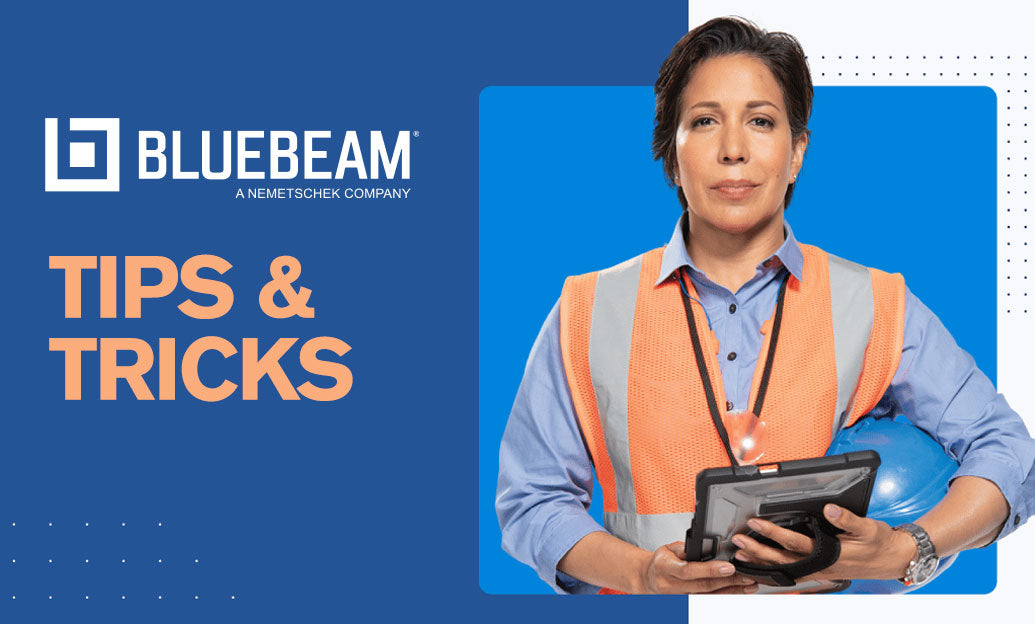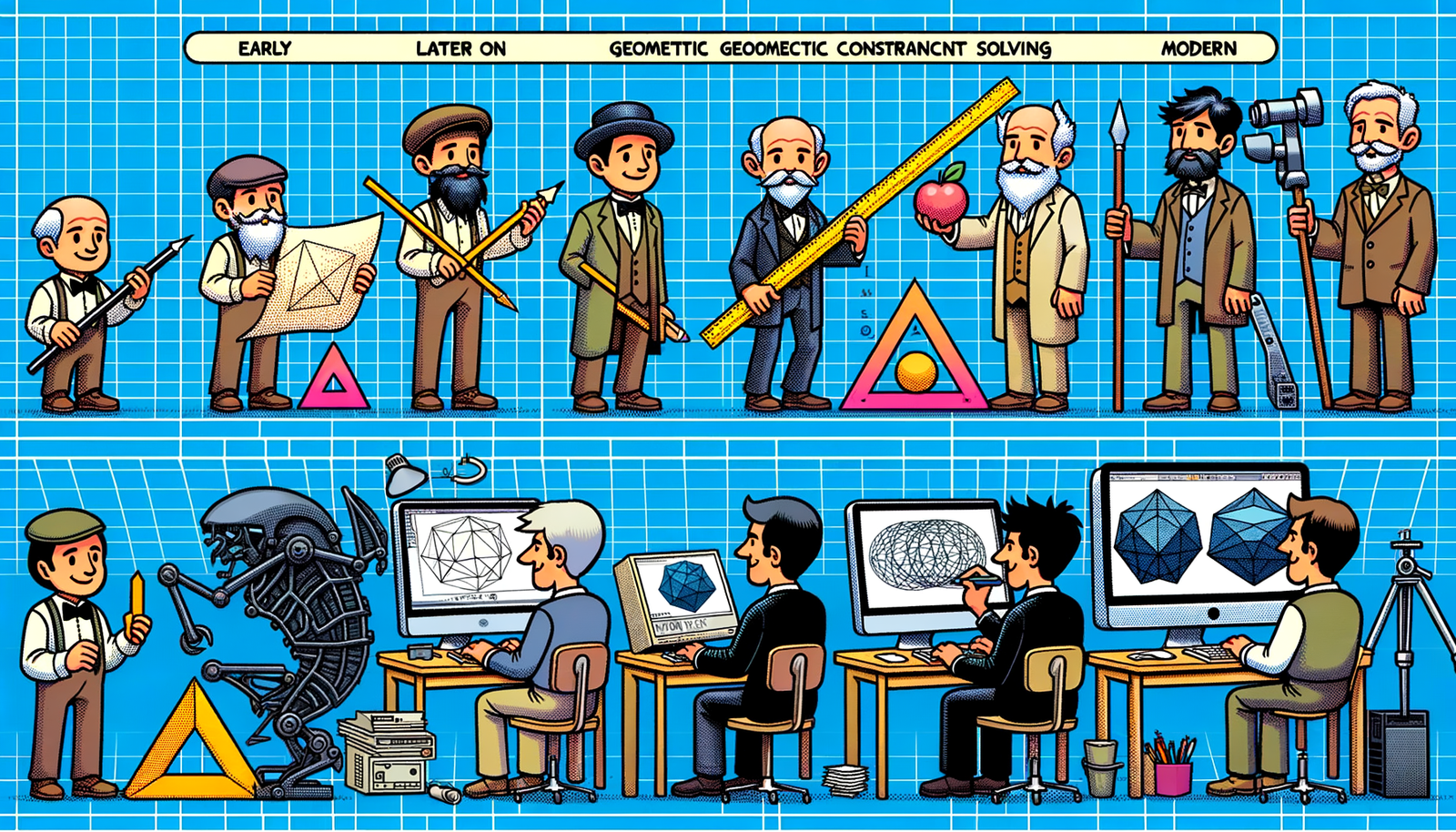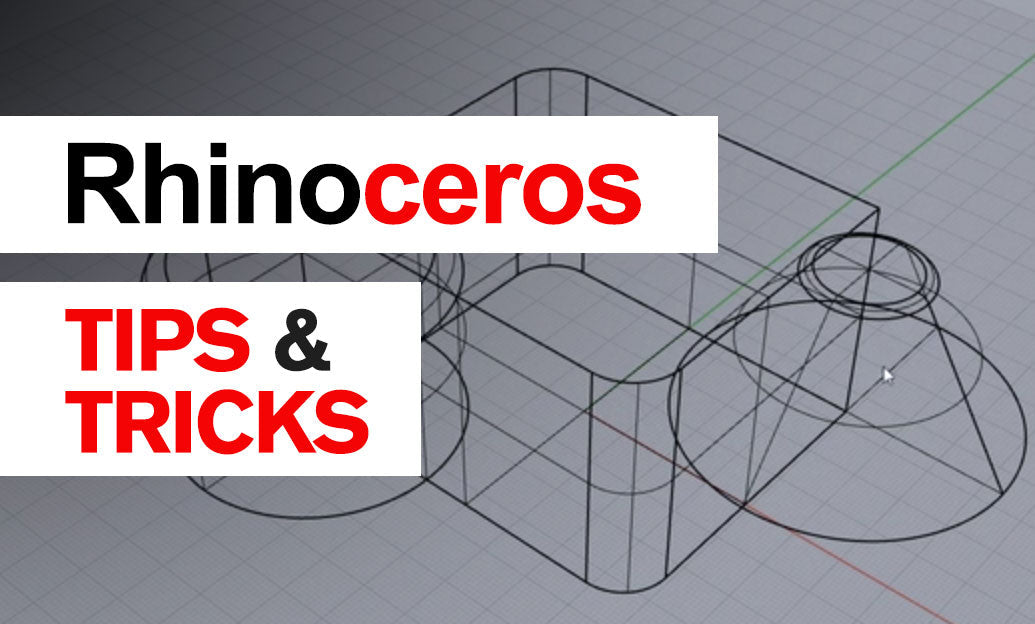Your Cart is Empty
Customer Testimonials
-
"Great customer service. The folks at Novedge were super helpful in navigating a somewhat complicated order including software upgrades and serial numbers in various stages of inactivity. They were friendly and helpful throughout the process.."
Ruben Ruckmark
"Quick & very helpful. We have been using Novedge for years and are very happy with their quick service when we need to make a purchase and excellent support resolving any issues."
Will Woodson
"Scott is the best. He reminds me about subscriptions dates, guides me in the correct direction for updates. He always responds promptly to me. He is literally the reason I continue to work with Novedge and will do so in the future."
Edward Mchugh
"Calvin Lok is “the man”. After my purchase of Sketchup 2021, he called me and provided step-by-step instructions to ease me through difficulties I was having with the setup of my new software."
Mike Borzage
V-Ray Tip: Maximizing Real-Time Performance with Efficient V-Ray Texture Baking Techniques
June 21, 2024 2 min read

Texture baking in V-Ray can be a powerful tool for achieving greater performance while maintaining high-quality visuals, especially in real-time applications like video games or interactive visualizations. Understanding how to effectively bake textures in V-Ray can save both time and resources. Here are some insights to help you get started with texture baking using V-Ray:
- Understand the Concept: Texture baking is the process of transferring details from a high-polygon model to a texture map. This map is then applied to a lower-polygon model, giving the illusion of complex geometry without the high computational cost.
- Set Up Your Scene: Ensure that your high-resolution model and your low-resolution target mesh are properly aligned and that the latter has appropriate UV mapping.
- Choose the Right Maps: Depending on your needs, bake various types of maps including normal maps, diffuse maps, and ambient occlusion maps to simulate detailed shadows and textures.
- Use V-Ray Frame Buffer: Utilize the V-Ray Frame Buffer (VFB) for more control over your render outputs. It allows you to save multiple render elements at once and fine-tune them before baking.
- Test Renders: Conduct test renders with lower settings to check for issues in the baked textures, such as seams or missing details. Adjust your UVs or bake settings as necessary.
- Optimize Settings: When baking textures, it's crucial to find a balance between render quality and time. Adjust settings like ray count and resolution to optimize your baking without sacrificing too much detail.
- Consider Using V-Ray GPU: Utilizing V-Ray's GPU rendering capabilities can significantly speed up the baking process while still delivering high-quality results.
- Automate the Process: If you are baking textures for multiple objects or scenes, consider creating scripts or using batch tools to automate the process and save time.
- Integrate with Your Workflow: Once the textures are baked, ensure they are correctly integrated into your real-time application or game engine, maintaining the path and scaling consistency.
- Check Compatibility: Verify that the baked textures are compatible with your target platform or game engine, considering file formats and texture limitations.
- Seek Professional Resources: For further details and advanced techniques, refer to resources from a reputed retailer like NOVEDGE, which specializes in design software and offers a wide range of V-Ray products and support materials.
Texture baking in V-Ray, when done correctly, can be incredibly efficient for rendering complex scenes in real-time environments. It’s a valuable technique that can significantly reduce the computational load without compromising on the visual fidelity of your models. Always keep in the loop with the latest from NOVEDGE to enhance your V-Ray skills and workflow.
```You can find all the V-Ray products on the NOVEDGE web site at this page.
Also in Design News

Bluebeam Tip: Maximize PDF Security and Efficiency with Bluebeam Revu's Flatten Tool
December 02, 2024 1 min read
Read More
Design Software History: Evolution and Impact of Geometric Constraint Solving in CAD History
December 02, 2024 2 min read
Read More
Rhino 3D Tip: Enhancing Scale Modeling Accuracy in Rhino 3D: Essential Tips for Designers and Engineers
December 02, 2024 2 min read
Read MoreSubscribe
Sign up to get the latest on sales, new releases and more …


